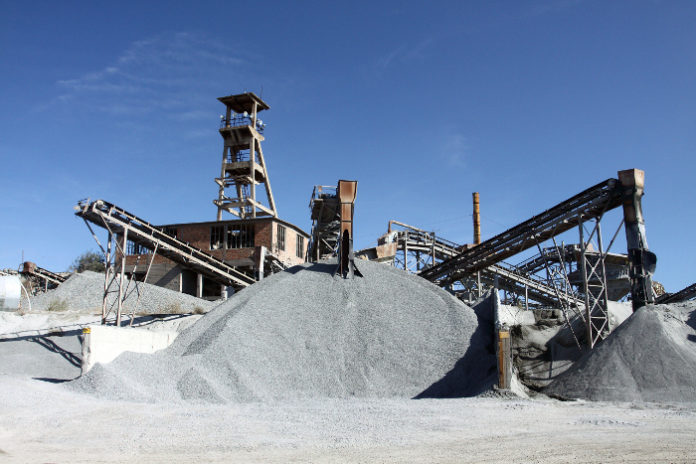‘Stagnancy in domestic consumption and increasing input costs are badly hurting the bottom line of cement sector’
ISLAMABAD: The spokesman for All Pakistan Cement Manufacturing Association (APCMA) said on Wednesday that the cement industry’s profitability has declined considerably due to increase in input cost, while the construction sector is not posting the anticipated demand.
“Profit after taxation of cement manufacturers has declined by up to 42 per cent in the first quarter of this fiscal as compared to the same period last year,” he said. “Exports became competitive only because of a steep decline in the value of rupee, as dollar increased from around Rs124 at the start of this fiscal to Rs133 on November 1, an increase of 7.26 per cent in just four months. This decline in currency, however, increased the input cost of most of the fuels (imported coal) and spare parts consumed by the industry.”
He said the cement industry of Pakistan is heavily taxed. “During the financial year 2018-19, federal excise duty was further increased by Rs250 per tonne. FED was Rs400 per tonne (Rs20/bag) in the Financial Year 2013-14, which was increased to Rs1,500 per ton (Rs75/bag) in the budget for 2018-19,” he noted.
He said cement despatches are also subjected to general sales tax at 17% on maximum retail price, which is Rs86 per bag. Other taxes include income tax (31%), workers profit participation fund (5%), workers welfare fund (2%) and provincial levies i.e. royalty and excise duty. The total taxes on a bag of cement works out to Rs185 per bag, which is 31% of Rs600 per bag.
Stagnancy in domestic cement consumption and increasing input costs have badly hurt the bottom line of the cement sector, he said. “But healthy growth in exports from the southern mills saved the day for the industry.”
Consumption pattern in northern and southern parts of the country highlights a huge contrast in cement demand in different parts of the country, the spokesman said. “The mills in the northern part of the country usually lead the growth but they have suffered so far due to negative domestic and export demand. Domestic cement demand declined in first four months of this fiscal by 4 per cent as the despatches fell from 10.671 million tonnes in July-Oct 2017 to 10.244 million tonnes in July-Oct 2018 while the exports posted a decrease of 21.54 per cent, going down from 1.287 million tonnes in the first four months of last fiscal to 1.010 million tonnes during same period this year,” he added.
In contrast, he mentioned, mills in the southern part of the country posted high growth in the first four months of this fiscal. “These mills despatched 2.702 million tons of cement for the local market that was 24.53 per cent higher than 2.170 million tons despatched during the corresponding period of last year. Exports of cement from the southern region also increased by 216 per cent to 1.397 million tonnes in July-Oct 2018 from 0.442 million tonnes only during the same period last year.
It is pertinent to mention that in the first four months of this fiscal, the overall despatches increased by 5.37 per cent to 15.353 million tonnes. The domestic uptake increased by paltry 0.82 per cent during July-October 2018, while the exports registered growth of 39.13 per cent during the same period.
In October 2018, cement despatches grew by 7.45 per cent. The industry despatched 4.536 million tonnes of cement last month out of which almost 3.921 million tonnes was consumed domestically and rest 0.615 million tonnes was exported. Exports grew by impressive 38.87 per cent while the domestic consumption registered an increase of 3.76 per cent.
The spokesman appealed the government to cut down duties and taxes on cement to improve its local demand and help the manufacturers to explore foreign markets to earn precious foreign exchange and contribute more to the national economy.
























